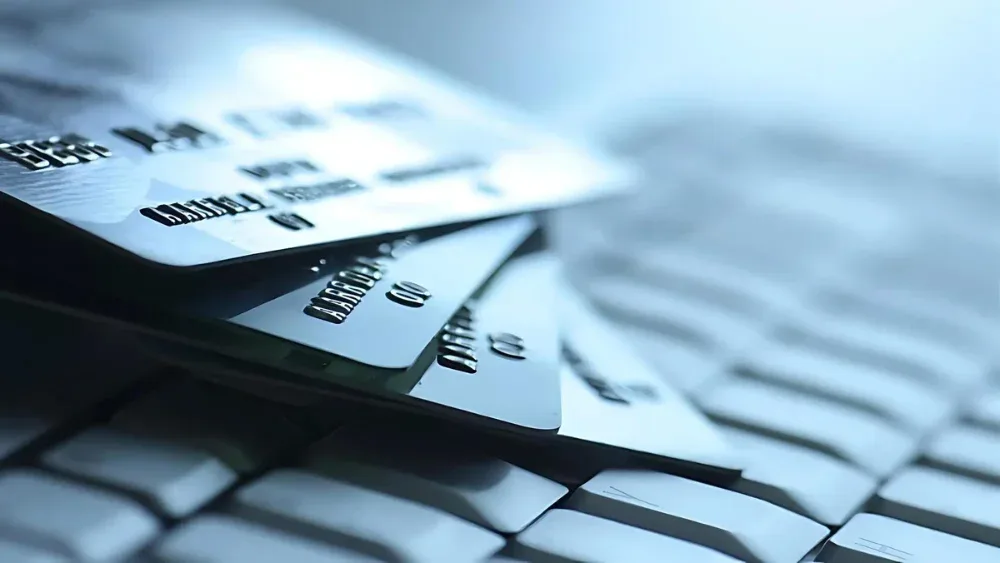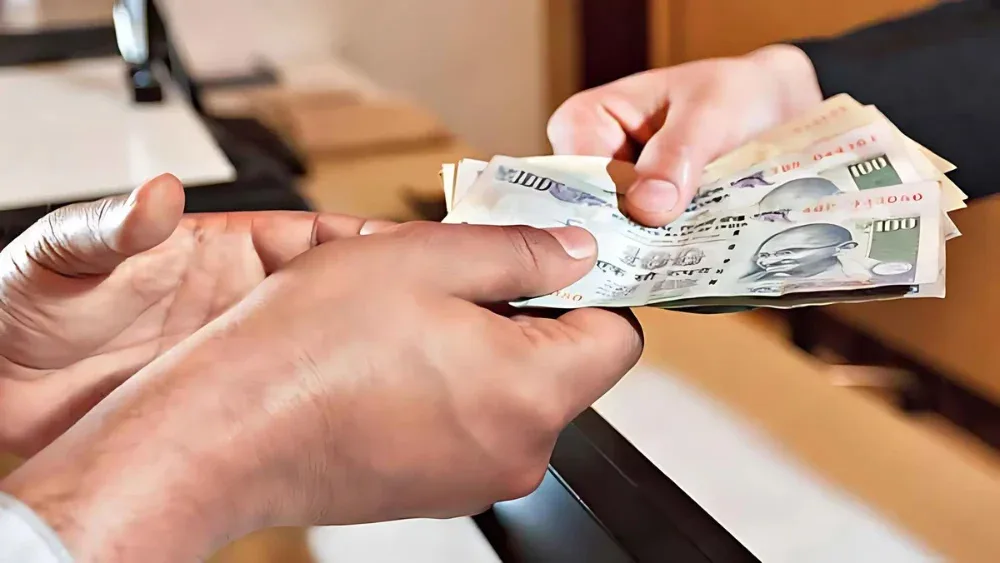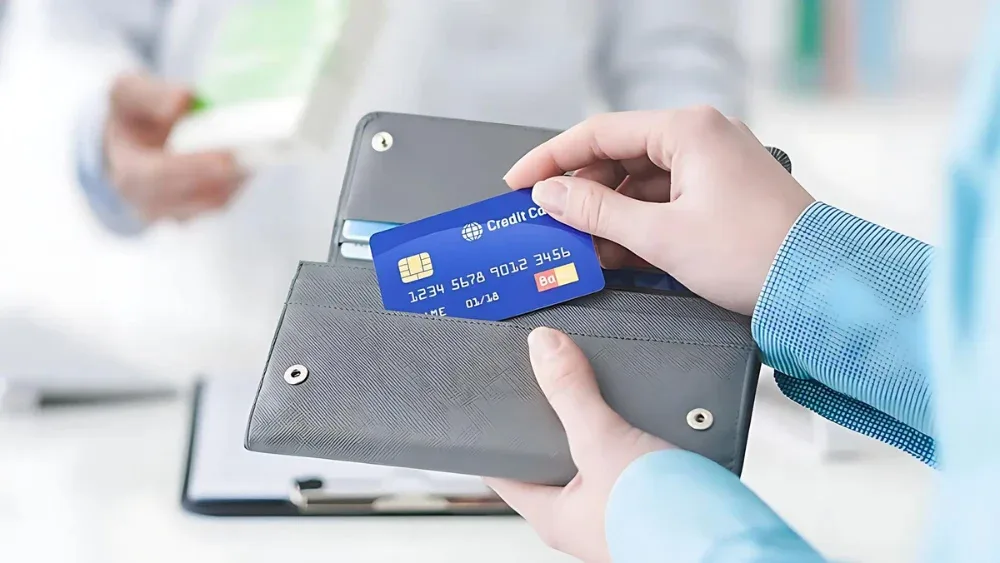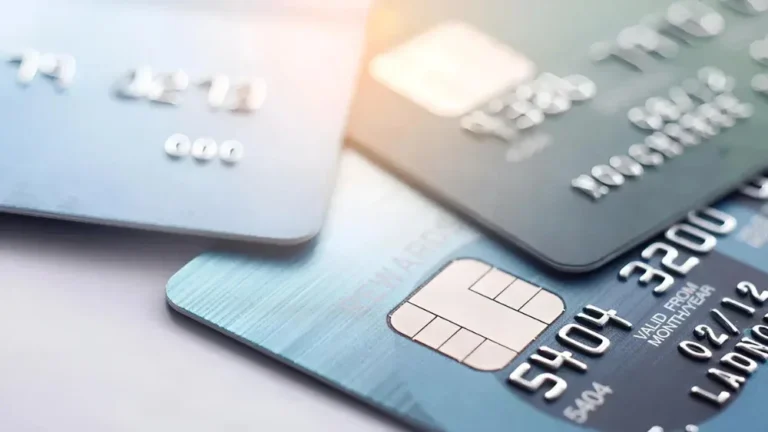Discover how to use EMI on credit cards to make big purchases manageable. Explore the ins and outs of EMI, from benefits to pitfalls, with this comprehensive guide.
Table of Contents
Introduction
So, you’ve just set your sights on that shiny new gadget or maybe you’re itching to book your dream vacation, but the price tag is making you think twice. I mean, who doesn’t want to spoil themselves, right? But dropping a huge chunk of cash all at once? Ouch! That’s where the beauty of EMI on credit cards comes into play. EMI (Equated Monthly Instalments) isn’t just a financial jargon—it’s a lifesaver when it comes to making big buys without burning a hole in your pocket. In this article, we’re diving deep into the world of EMI on credit cards, breaking down what it is, how it works, and whether it’s the right move for you.
What is EMI on Credit Card?

The Basics: What Does EMI on credit cards Mean?
Let’s kick things off with the basics. EMI, or Equated Monthly Instalments, is a way to split your credit card payments into smaller, manageable chunks. Instead of paying off your entire purchase in one go, you get to spread the cost over a set period, usually ranging from 3 to 24 months. It’s like buying something on layaway but with the bonus of getting your hands on it right away!
So, how does it work? Well, when you opt for EMI on your credit card, the bank or credit card company converts your purchase amount into smaller instalments that you pay off each month. This means you won’t be hit with a massive bill at the end of the month. Plus, it’s a nifty way to manage your finances if you’re the type who likes to keep a tight rein on your budget.
Types of EMI on Credit Cards
Not all EMI plans are created equal, though. Here’s a quick rundown of the two main types:
- No-Cost EMI: This is the holy grail of EMI options. No-cost EMI means you only pay the actual price of the product, with no additional interest. Sounds too good to be true, right? Well, there’s usually a catch. Sometimes, the retailer or the bank might offer you a discount on the product price in exchange for opting into the EMI plan. The original price might be marked up slightly to cover the interest cost, which is then presented as a “discount” at checkout.
- Standard EMI: With standard EMI, you’re looking at paying the product price plus an interest charge. The interest rate can vary depending on your credit card provider, the tenure of the EMI, and sometimes even the merchant. While this option may not be as appealing as the no-cost EMI, it can still be a good deal if you’re looking to spread out your payments.
How Does EMI on Credit Card Work?

Converting Your Purchase to EMI
The process is pretty straightforward, but there are a few ways to go about it:
- At the Point of Sale: Many retailers offer EMI options right at the checkout. All you have to do is swipe your card, choose the EMI option, and voila! Your purchase is automatically converted into monthly instalments.
- Post-Purchase Conversion: Didn’t opt for EMI at the time of purchase? No worries! Most credit card providers allow you to convert an existing purchase into EMI by contacting customer service or through your online banking portal. Just make sure to do this within a specific timeframe, usually within a few days of the purchase.
- Online Shopping: If you’re buying something online, chances are the EMI option will be plastered all over the product page. Just select the EMI option during checkout, pick your preferred tenure, and you’re good to go.
Interest Rates and Tenure
Ah, interest rates—the make-or-break factor of any EMI plan. When you opt for standard EMI, you’ll be charged interest on the outstanding balance, which is spread over the EMI tenure. The longer the tenure, the more interest you’ll end up paying. It’s like the tortoise and the hare, but in reverse. Slow and steady doesn’t necessarily win the race when it comes to EMIs.
Here’s a quick tip: Always check the interest rate before committing to an EMI plan. Even a slight difference in the interest rate can have a significant impact on the total amount you pay.
The Hidden Costs: Processing Fees and Prepayment Charges
While EMI on credit cards can be a great way to manage your finances, it’s not always a free ride. Some credit card providers charge a processing fee for setting up the EMI, which is usually a percentage of the purchase amount. It might not seem like much, but it can add up, especially for larger purchases.
And then there’s the prepayment charge. If you suddenly come into some extra cash and decide to pay off your EMI early, some banks might hit you with a prepayment penalty. It’s their way of making sure they don’t miss out on the interest you would have paid over time.
Is EMI on Credit Card Right for You?

The Pros: Why EMI is a Smart Choice
There are plenty of reasons why EMI on credit cards can be a game-changer:
- Affordability: Splitting your payments over several months makes big-ticket items way more affordable. Instead of emptying your savings account, you can keep your cash flow steady.
- Instant Gratification: With EMI, you get to enjoy your purchase right away, instead of waiting to save up the full amount. It’s the best of both worlds—immediate gratification without financial strain.
- Budget-Friendly: If you’re the type who likes to plan your finances down to the last cent, EMIs can help you budget better. You know exactly how much you’ll be paying each month, so there are no nasty surprises.
- Build Credit: Regular, timely payments on your EMI can positively impact your credit score. It’s like getting a gold star for being responsible with your finances!
The Cons: What You Need to Watch Out For
Of course, nothing in life is perfect, and EMI on credit cards is no exception. Here are a few things to keep in mind:
- Interest Costs: If you opt for standard EMI, the interest charges can add up, making your purchase more expensive in the long run. Always weigh the cost of interest against the convenience of spreading out your payments.
- Debt Trap: EMI might make it easier to afford expensive items, but it can also lead to a debt spiral if you’re not careful. The temptation to buy now and pay later can be strong, but it’s essential to keep track of your total outstanding debt.
- Processing and Prepayment Fees: As mentioned earlier, some banks charge fees for setting up or paying off your EMI early. Make sure you’re aware of these costs before you commit.
- Credit Limit Blocking: When you convert a purchase to EMI, the total purchase amount might be blocked against your credit limit until you pay it off. This could reduce your available credit for other purchases.
Tips for Maximizing EMI on Credit Cards

Choosing the Right EMI Plan
When it comes to EMI on credit cards, one size definitely doesn’t fit all. Here are some tips to help you choose the right plan:
- Compare Interest Rates: Not all credit cards have the same interest rates. If you have multiple cards, compare their EMI interest rates before making a decision. Even a small difference in rates can lead to significant savings.
- Check for Offers: Sometimes, banks run promotional offers with lower or even zero interest rates on EMI purchases. Keep an eye out for these deals, especially during festive seasons or sales events.
- Shorter Tenure, Lower Cost: The longer your EMI tenure, the more you’ll pay in interest. If you can afford higher monthly payments, opt for a shorter tenure to save on interest costs.
Managing Your Credit Card Wisely
Using EMI on credit cards is all about balance—literally and figuratively. Here’s how to keep your credit card usage in check:
- Don’t Go Overboard: Just because you can split your payments doesn’t mean you should go on a shopping spree. Keep track of your total EMI obligations and make sure they don’t exceed your budget.
- Pay on Time: Late payments can lead to penalties and can negatively affect your credit score. Set up reminders or auto-payments to ensure you never miss an EMI due date.
- Monitor Your Credit Limit: Since EMIs can block your credit limit, it’s essential to keep an eye on your available credit. You don’t want to be caught off guard when you need to make a purchase and find out your credit limit is maxed out.
Credit Card Benefits and How To Use It
FAQ: EMI on Credit Cards
What is EMI on credit card?
EMI (Equated Monthly Installments) is a payment option that allows you to divide the cost of a purchase into smaller, fixed monthly payments. Instead of paying the entire amount upfront, you can pay in installments over a period, typically ranging from 3 to 24 months.
How does EMI on credit card work?
When you opt for EMI, the total amount of your purchase is converted into a series of fixed monthly payments. The credit card issuer or bank calculates the EMI amount based on the principal amount, interest rate, and tenure. This amount is then added to your credit card bill each month.
How can I convert a purchase into EMI?
You can convert a purchase into EMI in several ways:
- At the Time of Purchase: Some merchants offer the option to convert the purchase into EMI directly at checkout.
- Post-Purchase: You can request your credit card issuer to convert an existing charge into EMI through your online banking portal, mobile app, or customer service.
What are the typical tenures for EMI?
EMI tenures generally range from 3 to 24 months, though some banks may offer longer tenures. The available tenure options may vary based on the credit card issuer and the amount of the purchase.
Are there any fees associated with EMI?
Yes, there are usually fees associated with EMI, including:
- Interest Charges: Interest is applied to the principal amount over the EMI tenure.
- Processing Fees: Some banks charge a one-time processing fee for converting a purchase into EMI.
How is the EMI amount calculated?
The EMI amount is calculated using the principal amount, the interest rate, and the tenure. The formula for EMI calculation is:
EMI=P×r×(1+r)n(1+r)n−1EMI = \frac{P \times r \times (1 + r)^n}{(1 + r)^n – 1}EMI=(1+r)n−1P×r×(1+r)n
Where:
- P is the principal amount
- r is the monthly interest rate (annual rate divided by 12)
- n is the number of monthly installments
Can I prepay or foreclose my EMI?
Yes, most credit card issuers allow you to prepay or foreclose your EMI. However, there might be prepayment penalties or charges. It’s best to check with your credit card issuer for their specific terms and conditions.
How does EMI impact my credit limit?
When you convert a purchase into EMI, the total amount of the purchase is deducted from your credit limit. As you make EMI payments each month, your available credit limit is gradually restored.
Will opting for EMI affect my credit score?
Opting for EMI itself does not directly affect your credit score, but timely payments are crucial. Consistently making EMI payments on time will positively impact your credit score, while missed or late payments can have a negative effect.
What happens if I miss an EMI payment?
Missing an EMI payment can lead to:
- Late Fees: Additional charges and penalties for missed payments.
- Interest Charges: Increased interest charges or higher EMIs for the remaining tenure.
- Impact on Credit Score: Negative impact on your credit score and credit report.
Are there any specific eligibility criteria for EMI?
Eligibility for EMI may vary by credit card issuer and may depend on factors such as:
- Credit Card Type: Some cards are eligible for EMI conversion while others may not be.
- Credit Limit: A sufficient credit limit is required to convert purchases into EMI.
- Payment History: A good payment history may be necessary to qualify for EMI options.
How do I manage my EMI payments?
You can manage your EMI payments through:
- Online Banking: Accessing your account online to view and manage EMI details.
- Mobile App: Using your credit card issuer’s mobile app to monitor and pay EMIs.
- Customer Service: Contacting customer service for assistance with EMI management.
Can I convert multiple purchases into EMI?
Yes, you can convert multiple purchases into EMI, subject to the credit limit and terms set by your credit card issuer. Each EMI will be billed separately, and you’ll need to manage each installment plan accordingly.
Are EMI options available for international purchases?
EMI options for international purchases depend on your credit card issuer and may vary. It’s best to check with your bank or credit card company for details on EMI availability for international transactions.
By: Paisainvests



